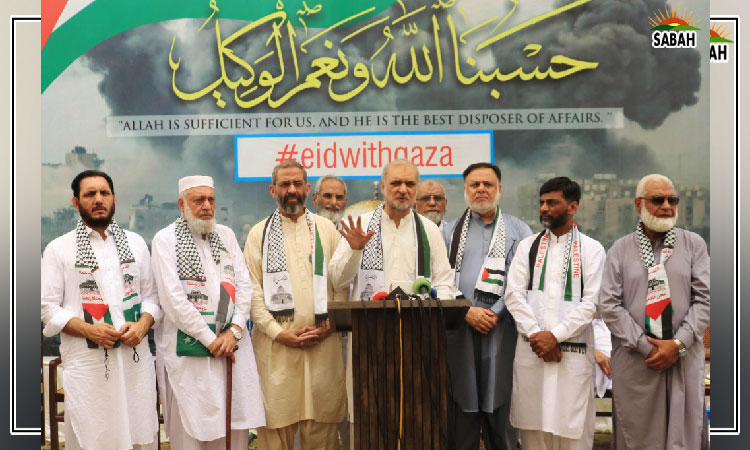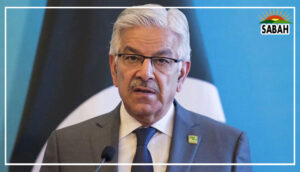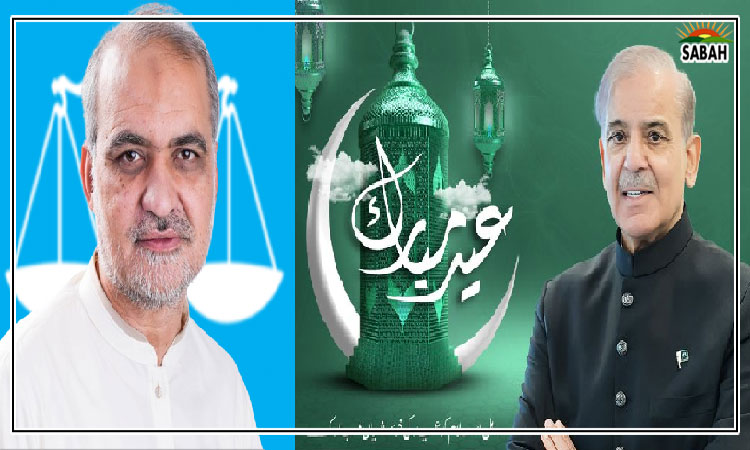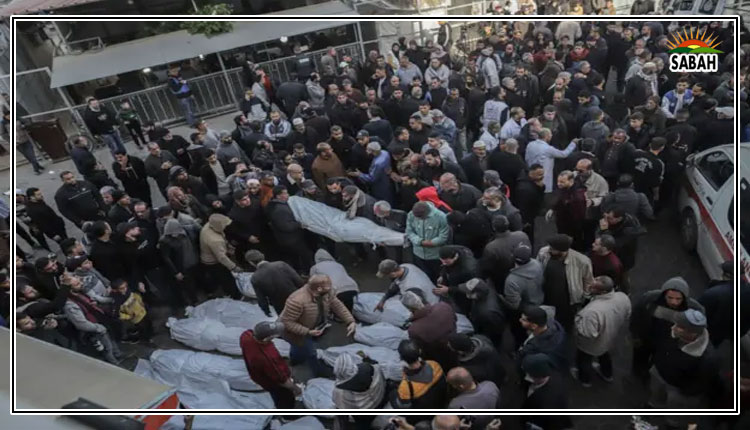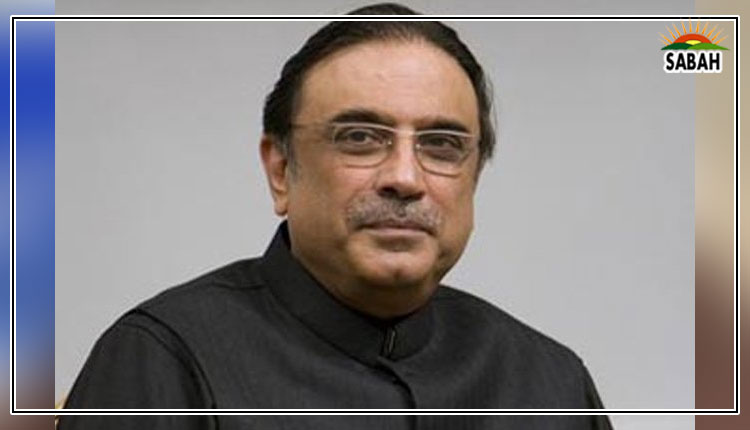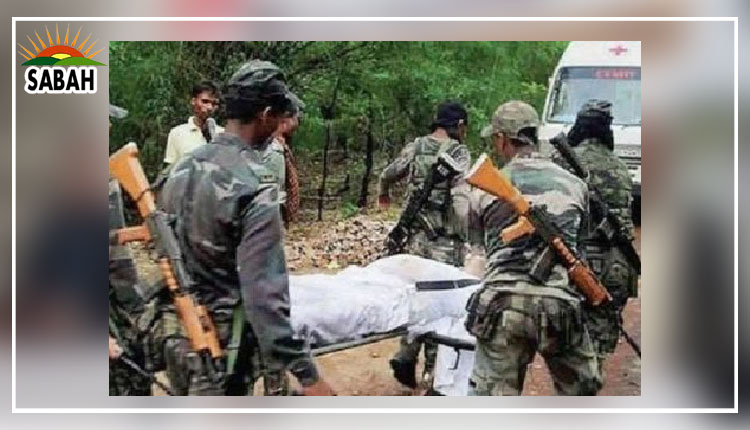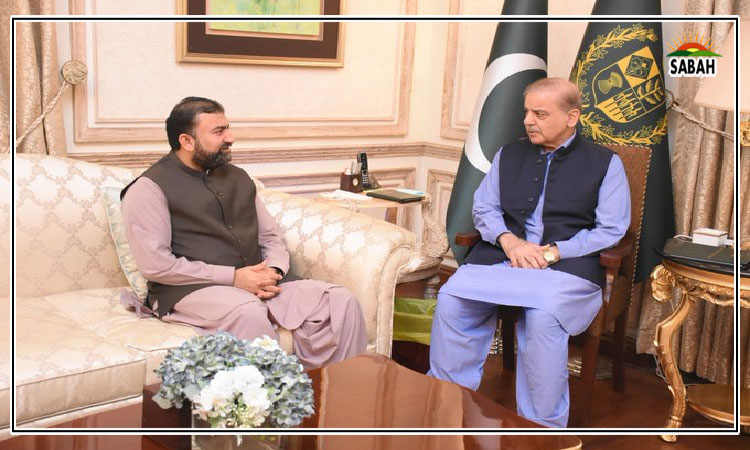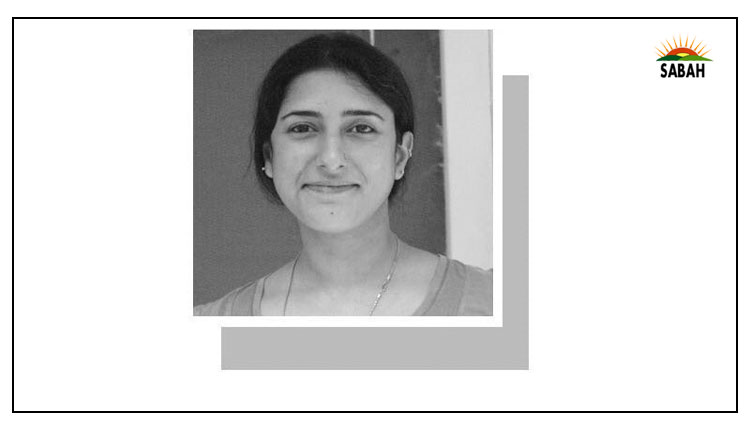Cry ‘havoc’…Hajrah Mumtaz
WHO would disagree that armed conflict is an awful consequence of disagreement between men, their hubris, orvaulting ambition.
Awful, but sometimes necessary. Consider the war of independence suffered by our subcontinent a sneaky takeover through the instrument of the East India Company that employed aggression to colonise, but eventually required much violence to counter.
And therefore, if a situation comes to where armed conflict becomes inevitable, the goal is obviously to win. Rules governing warfare? Absurd: by its very nature, war is brutal, bloody and cruel.
Admiral Lord Fisher (1841-1920), first sea lord of Great Britains Royal Navy, summed it up eloquently: The humanising of war! You might as well talk of the humanising of Hell […] As if war could be civilised! If Im in command when war breaks out I shall issue my order: The essence of war is violence. Moderation in war is imbecility. Hit first, hit hard, and hit everywhere.
The humanising of Hell: thats powerful, especially when applied to armed combat at close quarters (rather than, for example, through the lens of a drone). This is conveyed, with little varnish on the grotesqueness of World War I, in the new Netflix miniseries Women at War.
Its an effective bit of screenplay, a lovely melody of single-track shots and deafening silences. Yes, the blood and gore is a bit over-the-top; but perhaps it has to do that, to reiterate to contemporary generations: war is horrific.
But, as poets across cultures and through the ages have argued, what would man be if there were not, under all his ugliness, some iota of divinity is his essence? War may sometimes be inevitable, but at least efforts can be made to mitigate some of its horrors: the humane treatment of prisoners, of women, children and other non-combatants, for example.
So, we have a substantive body of International Humanitarian Law (IHL) that comprises legislations such as the Geneva Conventions and its Protocols, the Hague Conventions, etc. War criminals have been tried, and convicted, at the Nuremberg Trials or the International Criminal Tribunal for Rwanda, to name just two such tribunals. There are in place international ratifications (included by Pakistan) to provisions such as indemnity from targeting afforded to media personnel, agencies such as the ICRC, or medical facilities.
However, in too many contemporary conflicts, even those in countries that have ratified and enacted IHL law, breaches are distressingly common, and there is no international enforcement mechanism to stop them. In fact, it is hard to even envisage such a mechanism other than direct interventions a highly controversial idea that can themselves be considered an act of war.
Who, for example, is to enforce IHL in parts of Balochistan (though it applies), or in Tigray, or even the Russian aggression in Ukraine? Which would-be warmonger is likely to be dissuaded from indulging in war crimes by the distant possibility that he might be charged? International sanctions have a limited effect.
Theoretically the IHL principle of a neutral power (the Third State) could be employed, but there remains the problem of meaningful implementation and enforcement mechanisms. And, to whom must fall the task of selecting a Third State? An answer might be found in the UN, but it is increasingly under criticism for being toothless, and not so relevant in the contemporary world where conflicts particularly in or concerning the developing world have splintered into shards that bear little in common with the milieu and contexts in which IHL was formulated.
One example is that identified combatants, in international or internal conflicts, are fair game, while non-combatants including women and children are off-limits. But what do you do with organic uprisings or conflicts (from Balochistan, to Kashmir, to the Naxalite movement, to even the erstwhile Irish Troubles) where there is no identifiable difference between a combatant and not. The fighter has no uniform or badge. Having put away his gun, he is a civilian amongst the crowds and that is why, in conflicts such as those mentioned above, faultless civilians too are in horrifying ways subjected to the indiscriminate brutality of aggressors.
The body of IHL, as it currently stands, is the consequence of certain experiences by mainly the Global North and is therefore rooted in certain times and places. Its architects mostly men, mostly from the North responded to their own contexts, and were thus restricted in their thoughts about conceptualising future conflicts.
But the world has changed. The principles of humanity dictate that IHL be revisited, expanded, and include voices and experiences from the South, to mitigate at least some of the hitherto unimagined hellishness of modern warfare.
Courtesy Dawn


